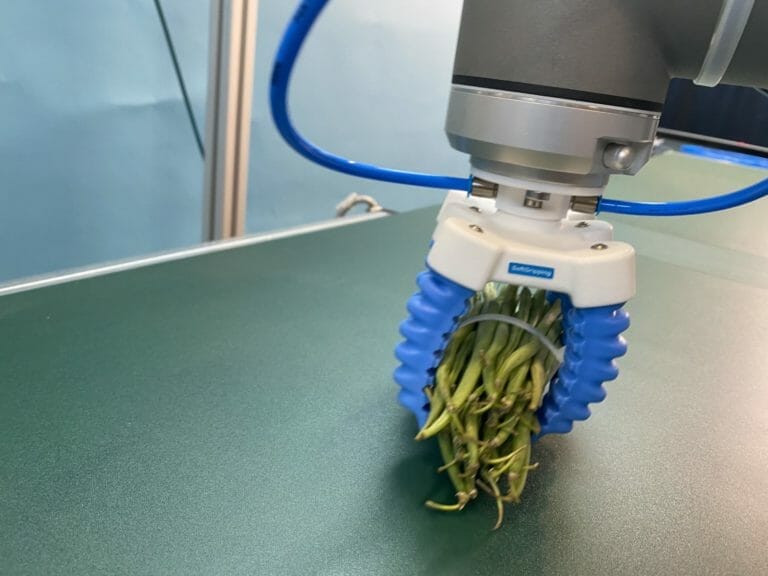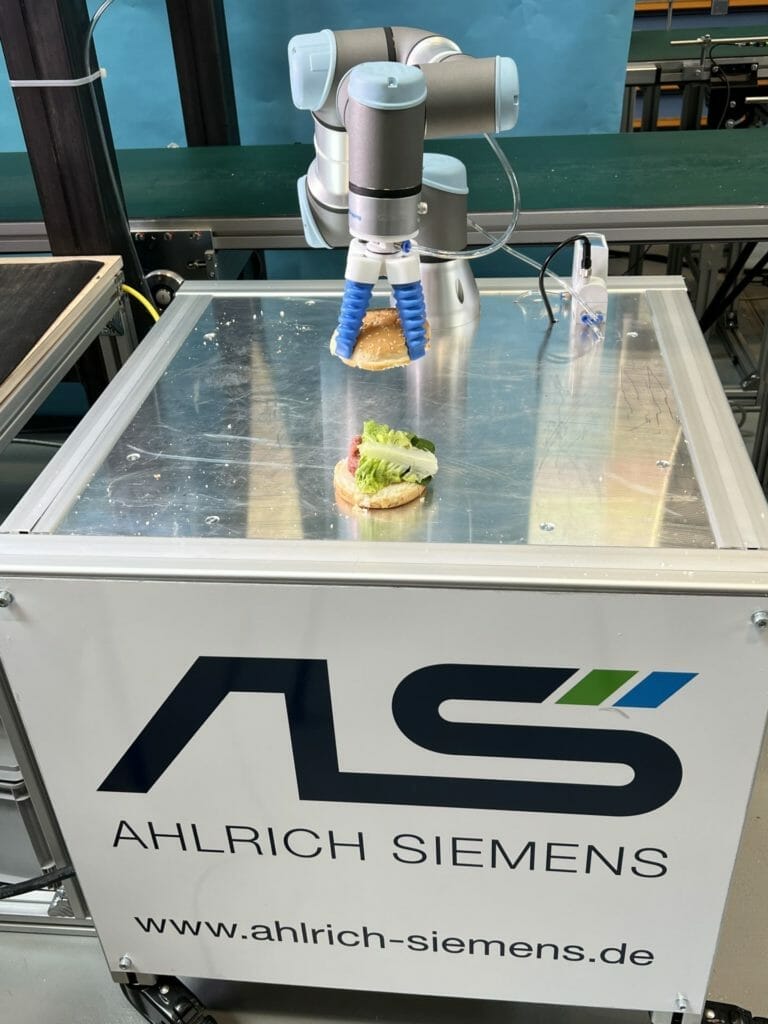What do I need to know before buying a gripper for a robot?
Table of Contents
Introduction
If you’re in the market for a gripper for your robot, there are several factors you need to consider. Grippers are essential components of robotic systems that enable robots to grasp and manipulate objects. In this article, we’ll discuss the requirements for cobot grippers, the importance of hygienic design, the differences between pneumatic and mechanical grippers, and considerations for high-speed robotics.
Cobots are designed to work alongside humans, and as such, safety is a top concern when it comes to cobot grippers. The gripper should have force sensing capabilities that allow it to detect when it has made contact with a person or object and adjust its grip accordingly. Alternatively, you can rely on force recognition by the cobot and have a soft gripper that yields to the users’ limbs should they come in contact with the robot arm. Additionally, the gripper should be lightweight and have a low profile to minimize the risk of injury. Cobots are typically smaller and lighter than traditional industrial robots, so the gripper should also be designed to work with the cobot’s specific size and weight. Keep in mind that cobots are traditionally slower than industrial robots such as delta and scara robots. Some users start with cobots and later recognize that speed is what they are looking for, so keep that in mind when choosing a gripper. If it is as fast as a SoftGripper and has closing and opening times of under 50 ms, you can use it for both cobot and high-speed robots

In industries such as food or pharmaceuticals, hygienic design is crucial. Grippers used in these industries need to be designed to prevent contamination and be easy to clean. A gripper with a smooth surface and minimal crevices is ideal, as it reduces the risk of bacteria or other contaminants getting trapped in the gripper. Additionally, grippers made from materials that are resistant to harsh cleaning chemicals should be used to ensure that the gripper can be effectively cleaned without causing damage. In some countries customers may need to have an FDA compliant robot cell as well, keep it in mind and adjust your budget accordingly!
For more information, here are some regulations concerning hygienic design:
- EHEDG (European Hygienic Engineering & Design Group)
- EG 1935/2004
- EG 178/2002
- EG 852/2004
- EG 2002/72
Personally, we use the guidelines of the Frauenhofer Institute for Manufacturing Engineering and Automation IPA. Also available as a PDF:

Pneumatic vs. Mechanical Grippers: Compressor Requirements for Pneumatic Grippers
There are two types of grippers: pneumatic and mechanical. Pneumatic grippers are powered by compressed air and are often faster than mechanical grippers. However, they require a compressor to function, which can be expensive and take up additional space. If you’re considering a pneumatic gripper, be sure to factor in the cost and space requirements of a compressor and appropriate valve kit. In addition, pneumatic grippers require short pneumatic lines and high air flow to operate at maximum speed. Therefore, you need to ensure that your robotic system is equipped with the appropriate air flow and pressure to power the gripper. In our case, the requirements are noted in the catalog.

In high-speed robotics, speed is critical. Pneumatic grippers are often the best choice for high-speed operations because they are faster than mechanical grippers. However, long pneumatic lines can cause delays, so it’s important to keep the pneumatic lines as short as possible. Additionally, the air flow to the gripper needs to be sufficient to ensure that the gripper can operate at maximum speed. If you’re considering a pneumatic gripper for high-speed robotics, be sure to factor in the length of the pneumatic lines and the air flow requirements of the gripper.
In addition to keeping pneumatic lines short and air flow high, there are other factors that can further optimize delta robot speeds in high-speed robotics. One strategy is to optimize pathing with circular trajectories, which can reduce forces on handled objects. Another strategy is to preopen and preclose pneumatic valves with a short delay to ensure forces on handled objects can relax. Additionally, using lightweight materials for the gripper and optimizing the robot’s control system can also improve speed and precision. By considering all of these factors, you can maximize the efficiency and performance of your high-speed robotics system. More about it in our further delta robot knowhow articles.

FAQs
What is a robot?
What is a gripper?
What is a collaborative robot?
What is hygienic design?
What is the difference between pneumatic and mechanical grippers?
What is high-speed robotics?
Conclusion
Contact
We are happy to get in touch with you! Let’s have a quick talk and find out how to automate your application. Our engineers will validate your application and provide you with test material in form of videos pictures and whitepapers:


